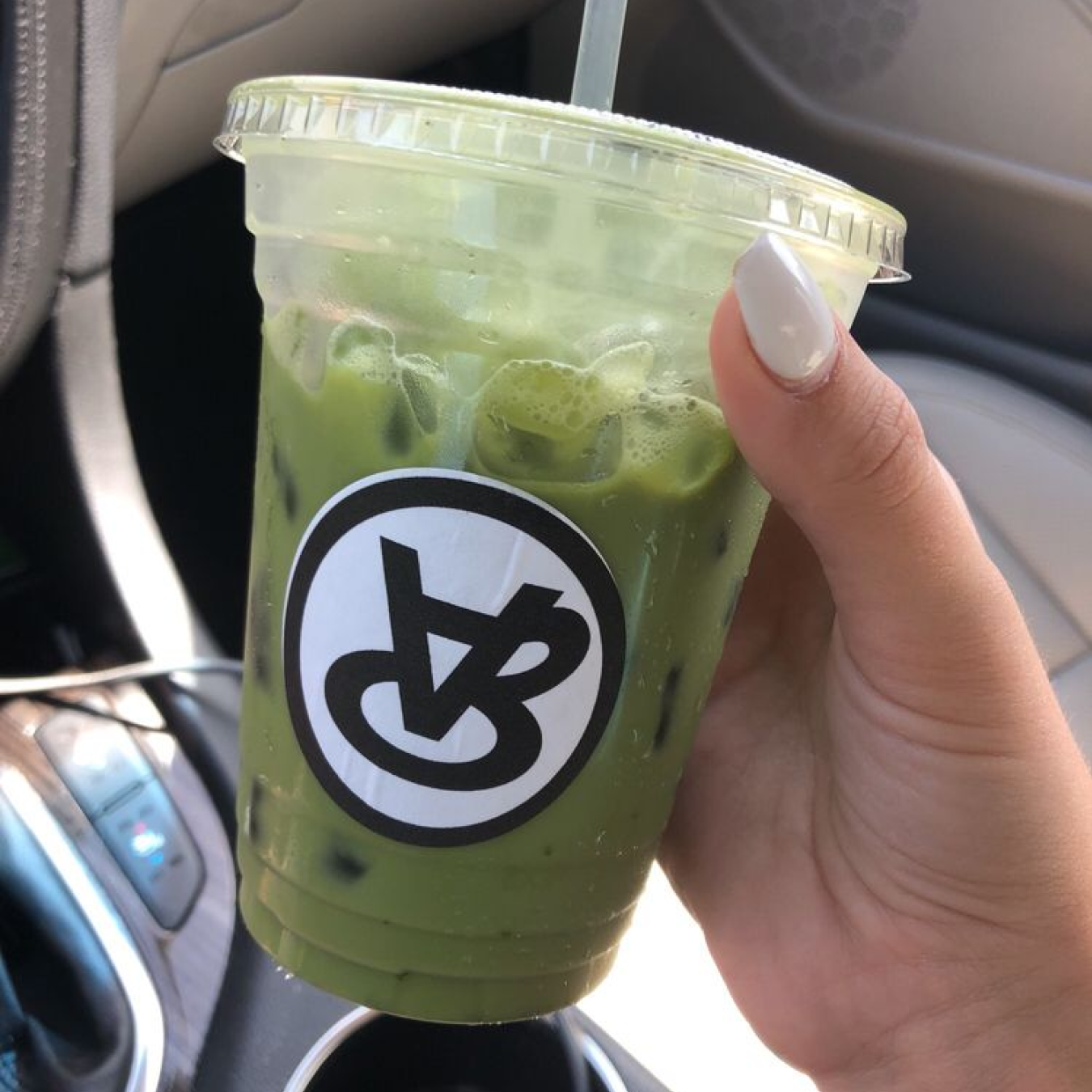Matcha’s Still a Thing: Here’s Where Tampa Gets It
Green tea and matcha aren’t the same thing
When it’s green tea time, you could drop a teabag in hot water, drink the delish tea, and then toss the waterlogged teabag in the trash when you’re done. But with matcha, you don’t throw anything out—you consume the whole tea leaf, only in powdered form.
Green tea plants that are destined to become matcha are kept in the shade 2-3 weeks before harvest. The lack of sunlight triggers the production of more chlorophyll, which results in higher concentrations of therapeutic compounds. Unlike regular green tea, matcha is first steamed, then dried, then stoneground into a fine powder.
Why we love matcha
One serving of matcha contains 137 times the antioxidants of brewed green tea. These polyphenols are connected to heart health, lower blood pressure, and inhibited growth of skin, lung and liver cancer cells.
Contains lots of the antioxidant EGCG, which reduces inflammation and fights aging.
Speeds up metabolism which increases energy expenditure and boosts fat burning.
Contains a bunch of the amino acid L-THE, which reduces anxiety and improves mood. Causes improvements in attention, reaction time and memory.
15 studies have found green tea to be associated with decreased risk of liver disease.
Has up to 3x more caffeine than brewed green tea.
It’s easy to make a simple, delicious, authentic matcha at home or try it 20 different ways.







